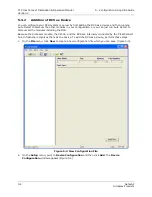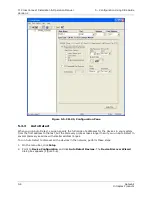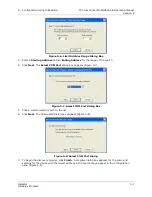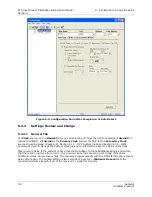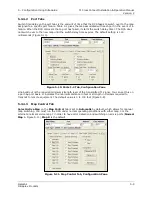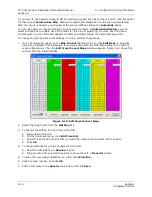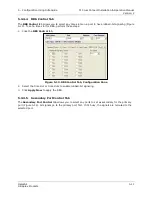
T1 CrossConnect Installation & Operation Manual
4 – Mapping Basics
Version 2
4-10
GatesAir
Intraplex Products
4.7.2
Complex Interchange
In an interchange configuration, there is a central transmission point (a storage register) where
incoming frames are routed to one or multiple destinations. Figure 4-10 shows ports 1, 2, 3, and 4
involved in interchange transmissions. Because there is so much traffic, the figure presents the
activity on each port separately. The activity of each port is basically the same—to transmit its own
time slot 1 to each of the other three ports and to receive each of the other ports’ time slots (TS1).
The example of a complex interchange configuration (Figure 4-10) combines the concept of simple
interchange with a point-to-multipoint configuration.
Figure 4-10. Complex Interchange Configuration
Table 4-7 and Figure 4-11 show the map for this example of interchange configuration. The ISiCL map
shows time slots 5, 6, and 7 for ports 1 through 4 in bold to emphasize the three time slots that each
port has reserved. Ports 5 and 6 do not appear in the map because they are not involved in the
interchange. Suppose that all four ports have reserved the same three time slots for receiving the
other ports’ transmissions—time slots 5, 6, and 7. The map shows
●
In time slot 5, port 1 receives data from port 2 time slot 1; in time slot 6, port 1 receives data
from port 3 time slot 1; in time slot 7, port 1 receives data from port 4 time slot 1.
●
In time slot 5, port 2 receives data from port 1 time slot 1; in time slot 6, port 2 receives data
from port 3 time slot 1; in time slot 7, port 2 receives data from port 4 time slot 1.
Summary of Contents for Intraplex T1 DCS-9530 CrossConnect System
Page 2: ......























